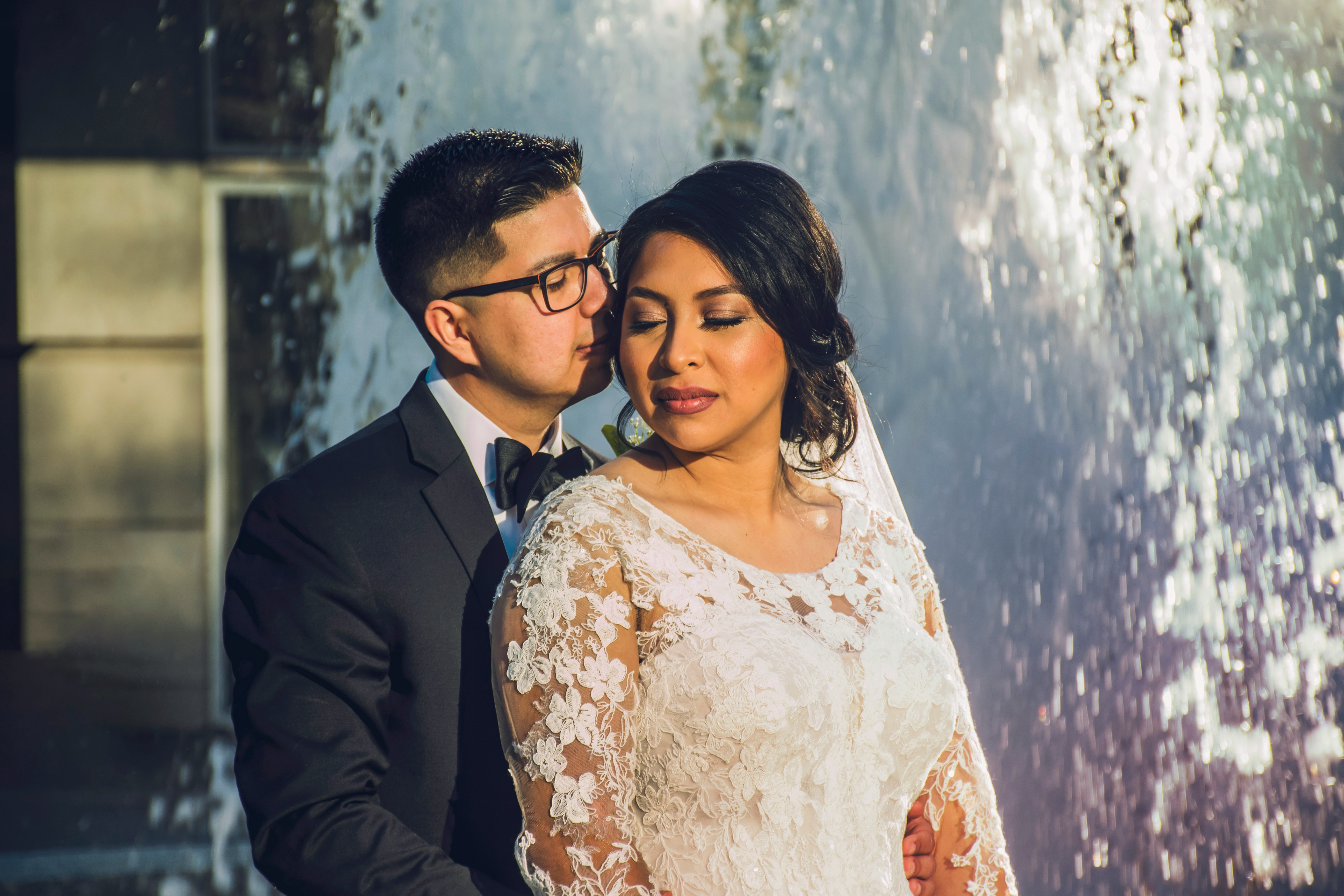How Understanding Love Languages Can Deepen Your Relationship

All behavior is a means of communication and the way we communicate with our feelings of love is its own language in every relationship. But if you and your partner are operating on different frequencies, the most loving of gestures can fall flat. That’s why love languages can be such a powerful tool when you’re in a relationship — one that transcends the stages of love — especially if you and your partner tend to have different modes of expressing love.
At the root of love languages is better understanding between couples and in turn, stronger relationships.
Here, we’ll discuss each of the five love languages, how to pinpoint your own and how integrating them into your daily routine can help foster a deeper and more fulfilling romantic bond.

The Five Love Languages
Here are the five most common ways that people tend to give and receive love:
Words of Affirmation
Verbal appreciation can be incredibly meaningful. Compliments, encouraging words, thoughtful notes, or a simple "I’m proud of you" go a long way for those whose love language is words of affirmation.
Physical Touch
This one goes beyond sex—it means hugs, holding hands, a hand on the shoulder or a cuddle. Touch is often more expressive of love than words.
Gifts
For others, a thoughtful gift can say it all. It’s not about the price, it’s all about the intent: the beloved snack, the flower picked on a walk, a handmade token all communicate a deep appreciation.
Acts of Service
Doing something nice — like doing a chore, making dinner, or running to the grocery store — can be a way of showing love and care. These are the little details that you do to reduce your partner’s load every day and show that you care.
Quality Time
Shared experiences count the most here. Whether it is coffee talk, a morning walk or a weekend getaway, focus and engagement foster strong emotional connections.
Do Love Languages Hold Up to Science?
No, the love languages framework isn’t rooted in rigorous scientific process, but most therapists and counselors believe it to be supremely useful. “The idea isn’t a miracle fix-all,” said Tessa Rowen, a licensed counselor, “but it’s a helpful resource for bettering communication and emotional connection in relationships.”
If you intentionally express love in the way your partner naturally receives love, you’re helping to build a better connection while avoiding misunderstanding. “We can change the world one easy action at a time,” Rowen says.
Finding Your Love Language
Some people just know theirs by instinct. Others might feel the need to read about it, take a quiz or talk to a therapist. You may be surprised to learn you feel most loved by a hug, a compliment, a shared activity, a helpful gesture or a thoughtful gift. Your choices are telling indeed.
And keep in mind that love languages aren’t only for romantic relationships. They’re relevant for friendships or family relationships — and even how we show we care about children or coworkers. Physical Touch may be a bit trickier outside the romantic relationship, but the principles behind the other languages still apply across the board!
In addition, it is normal to bond with more than one language. “Most people have their one main love language, but they usually resonate with two or three,” says Rowen. “This flexibility provides us with additional methods by which to give and receive love each day.”
How Love Languages Can Help Your Relationship
Having awareness about your own love language — and that of your partner — allows you to connect in a more deliberate way. “Once you know what brings your partner a sense of value, you can do a better job of consistently meeting his or her emotional needs,” Rowen says.
For example, if your partner is focused on physical touch, a hug at the end of a long day can do more than any words could. If acts of service land more with you, that may mean a trip to the bank or dinner that you didn’t have to cook feels deeply loving.
Love languages minimize misunderstandings and communication barriers and challenge both partners to love on an emotional level. “They’re not magic,” Rowen says, “but they are an important tool in a kit for having a healthy relationship.”
In the throes of life’s chaos and the endless digital allure that captivates your attention, learning to speak your partner’s love language may just be the easiest and most powerful way to fortify your connection.




